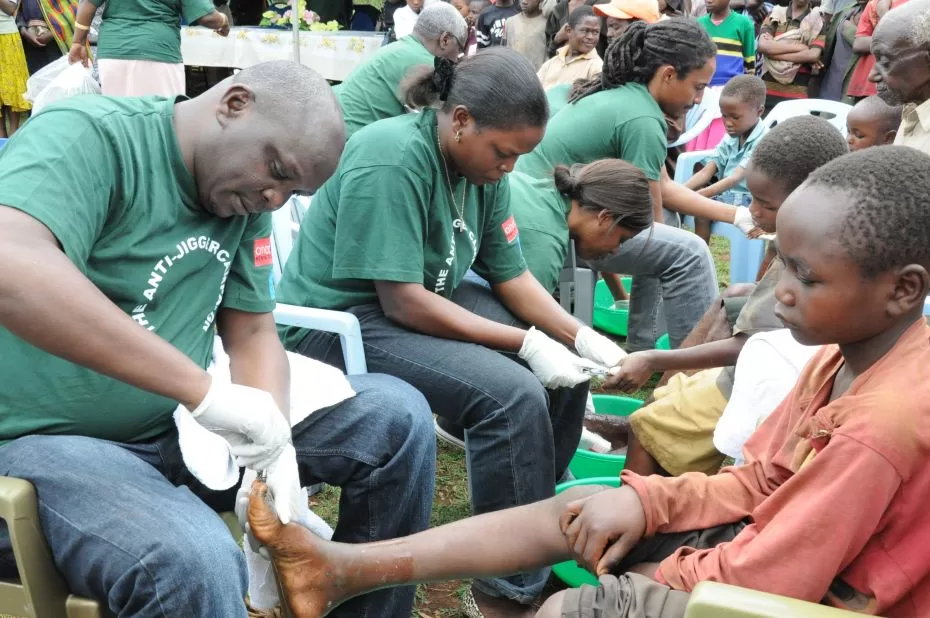Polygamy in Kenya
If passed in its current form. The proposed Marriage Bill 2013 could significantly affect the lives of about 2.5 million spouses in polygamous unions. And many others who indirectly have attachments to such relationships.

Most of these, about 1.8 million, are wives living in polygamous marriages. Or unions compared to about 700,000 husbands in similar unions.
Assuming each of the women has about three children. Then the debate would give about 5.4 million siblings a good reason to want to be involved.
Throw in in-laws, cousins, uncles and other relatives. Including those others planning to join in polygamous marriages. Then you have more than half of Kenya’s 40 million people having a stake in the debate.
According to the Kenya Demographic Health Survey, the estimates indicate that 60 percent of women in Kenya are married, with 13 percent of them being in polygamous unions. The same document states that approximately 50 percent of men in the country are married, with seven percent of them being in polygamous unions.
So where are these polygamous Kenyans? North Eastern has the highest proportion of women, more than a third or 36 per cent in polygamous unions. In Nairobi only two per cent of women are in a polygamous unions. B ut this does not take into account those secretly living in similar relationships.
Western, Nyanza, Rift Valley, and Coast provinces. All have proportions ranging between 15 and 23 per cent of women in polygamous relationships.
Among men, Nyanza has the highest number living in polygamous unions. While the least number of males in such unions. According to the 2009 KDHS, Central Province is where they are found.
Polygamy in Kenya Education
Because of westernisation of the Kenyan communities and a huge population of younger educated people. One would expect a fast decline in polygamous marriages but this does not seem to be the case.
The health survey indicates only a slight decline of polygamy over the years.
“The proportion of married women reporting one or more co-wives. Has declined from 16 per cent in 2003 to 13 per cent in 2008. And the proportion of married men who report having more than one wife. Has declined from 10 per cent to seven per cent,” says the KDHS.
Those who are most likely to be found in such a union are individuals.Population experts say women with little or no education. And also the poorest are most likely to be in such unions. These unions are also more prevalent in rural than urban areas of the country.
In all polygamous unions, the man has remained the king but now. With the Marriage Bill 2013 attempting to equalize all partners in marriage, men may feel that their throne is being threatened.
The proposed Bill wants polygamy recognised under Muslim. Or customary marriage provided that a man declares before marrying his first wife that it is a potentially polygamous union.
It also suggests that those taking part in a Christian or civil marriage should not be allowed to practice polygamy. On adoption of such a law, any man who thinks. He can eat his cake by secretly marrying other wives risks. They can be put in jail for five years and/or fined Sh300,000.
The proposed law requires that all polygamous marriages be registered, which is a significant and important aspect.A move that legally protects the wives and their children in securing their rights such as inheritance. And child upkeep in case of a break-up.
Can a man who is currently polygamous jump out of such a union. And revert to a monogamous marriage to escape the proposed registration? The answer is — he cannot.
“A polygamous marriage may not be converted to a monogamous marriage. Unless at the time of the conversion the husband has only one wife,” says the Bill.
However, there are things the law cannot take away from the man. Because in a polygamous marriage he is the only “whole” in the union. He is the only one who can talk of my wives or wife, my children while the woman can only talk of our husband and our children.
He is, and despite the law, will remain the legitimate father to the children while the children share the father with the other wives’ children, hence terms such as step brothers or sisters and step mothers. No step-father.
Legal experts say that the Bill is still biased against women because only men have the authority to propose whether or not to remain in a monogamous union.
Nairobi lawyer Beverline Ongaro says this in itself defies the principle of equality of marriage for the very fact that a man can enter into subsequent marriage and women cannot is a first indicator that they are not equal at the commencement of the marriage.
Also women married to a polygamous husband will give 100 per cent of their contribution of time, effort and finances and taking care of children but such a man’s contribution cannot be 100 per cent because he has to contribute towards marriage between him and the other women.
Activists
While gender activists oppose the Bill mainly because of bias and inequality, population experts argue that such unions are not healthy in the fight to control population growth.
Samuel Ogola, a programme officer at the National Coordinating Agency for Population and Development, says because of competition among the various wives, there is a real possibility of each woman wanting more children than their co-wives, increasing the average number of births per woman.
With other recent laws, which allow for inheritance by female children, experts feel this could derail efforts to bring down population growth.
According to Dr. Nicholas Muraguri, an HIV expert, the possible spread of the virus through such unions is another health problem posed by polygamous marriages. Recent data shows that one in 10 married or cohabitating couples is HIV positive.
Survey
The data further shows that without intervention, eight to 12 per cent of HIV-infected adults living as couples will transmit the virus to their partners annually.
A recent survey by the group Population Action International found that seven per cent of those in monogamous relationships were HIV positive, but the rate reaches 11 per cent among those in polygamous unions.
But despite these hiccups, researchers say the spirit of polygamy thrives in Kenya and most of Africa.
“It has also become rather common for Christianised monogamous men to have one or more “outside wives” or “girlfriends,” provided they are wealthy enough to afford the luxury,” says Prof Yasuko Hayase of Meikai University, Japan in a study of polygamy in Kenya, Senegal, Ghana and Zimbabwe.
He says most urban men in these countries consider the possession of outside wives a reflection of high status and achievement. “So the spirit of polygamy still remains very strong.”
The legislators discussing the law may want to borrow from an earlier study carried out by Miriam Rubino de Rinck of the United States International University in Nairobi.
The researcher looked at what students at her institution and those at the University of Nairobi thought about polygamy and involved 129 pupils. Only a slight majority of the students thought polygamy was an outdated practice with most saying it was alright if both parties have consented.
Experimentation
During the study, many of those who claimed that they were most unlikely to enter a polygamous marriage mentioned that there was no suggestion of legalizing the practice.However, with the prospects of legalization now imminent, many of them might change their minds.
Individuals who may be considering giving polygamy a try but are uncertain may find solace in the fact that the law is not fixed and unchangeable. It allows for some room for experimentation. The Bill proposes that a customary marriage to a first wife can be registered, with the option of later converting it into a polygamous union.
This resembles the suspension of the Damocles’ Sword over the wife’s head, as the threat remains that if the man is dissatisfied for any reason, he can introduce another woman or women—with, of course, ‘her consent.’











